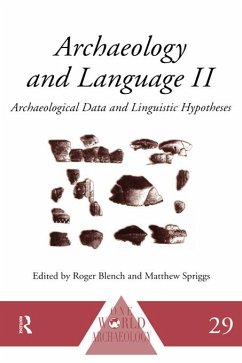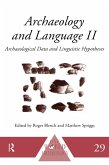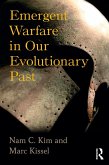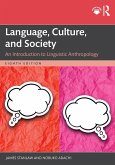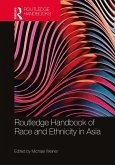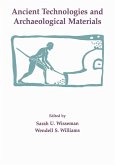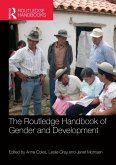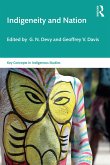Archaeology and historical linguistics have largely pursued separate tracks until recently, although their goals can be very similar. While there is a new awareness that these disciplines can be used to complement one another, both rigorous methodological awareness and detailed case-studies are still lacking in the literature. This three-part survey is the first study to address this.
Archaeology and Language II examines in some detail how archaeological data can be interpreted through linguistic hypotheses. This collection demonstrates the possibility that, where archaeological sequences are reasonably well-known, they might be tied into evidence of language diversification and thus produce absolute chronologies. Where there is evidence for migrations and expansions these can be explored through both disciplines to produce a richer interpretation of prehistory. An important part of this is the origin and spread of food production which can be modelled through the spread of both plants and words for them.
Archaeology and Language II will be of interest to researchers in linguistics, archaeologists and anthropologists.
Dieser Download kann aus rechtlichen Gründen nur mit Rechnungsadresse in A, B, BG, CY, CZ, D, DK, EW, E, FIN, F, GR, HR, H, IRL, I, LT, L, LR, M, NL, PL, P, R, S, SLO, SK ausgeliefert werden.
'I am very pleased to see this series in press, and I congratulate the editors on their achievement.' - Journal of Linguistics
'I am very pleased to see this series in press, and I congratulate the editors on their achievement.' - Journal of Linguistics

